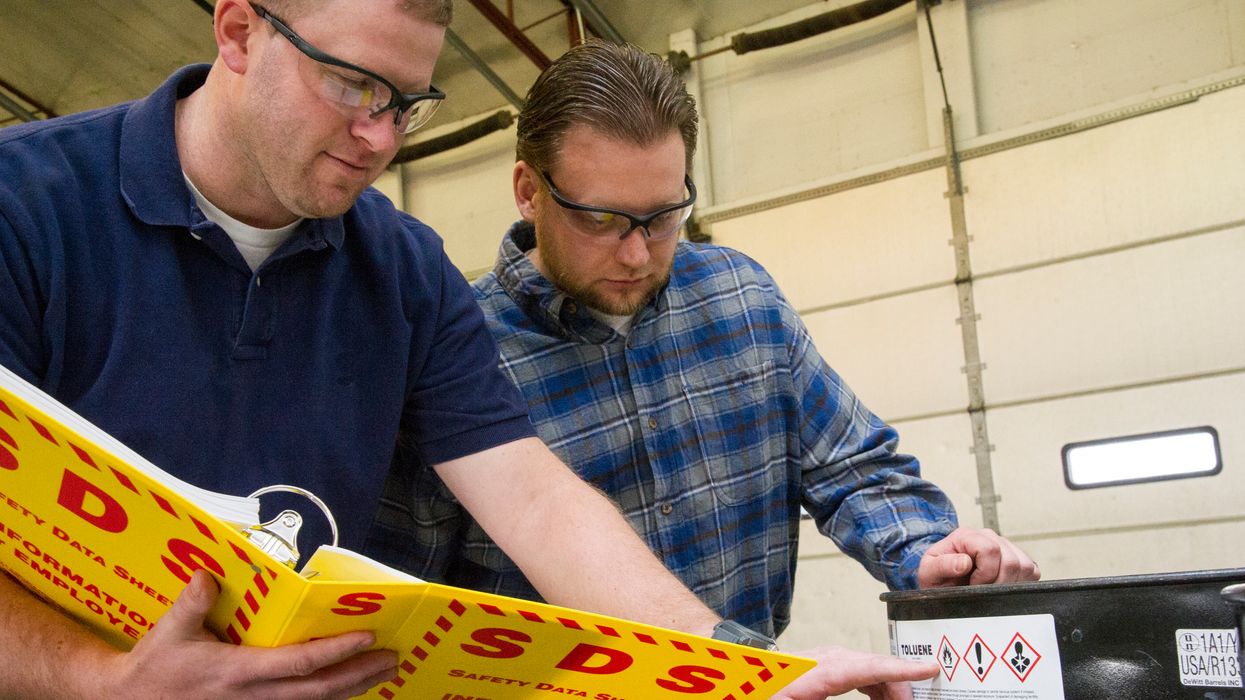EPA working to increase research and understand PFAS
The Environmental Protection Agency (EPA) is taking action to address polyfluoroalkyl substances (PFAS) and protect public health. Building on the work outlined in the February 2019 PFAS Action Plan, the agency is expanding its research efforts and capabilities by launching its PFAS Innovative Treatment Team (PITT).
EPA scientists are working to understand and identify the potential health risks of with these chemicals. The PITT is a full-time team that will concentrate efforts on how to remove, destroy, and test PFAS-contaminated media and waste.
PFAS have been manufactured and used in a variety of industries around the globe, including in the United States since the 1940s. They are found in a wide range of consumer products that people use daily such as cookware, pizza boxes, and stain repellants. Most people have been exposed to PFAS. Certain PFAS can accumulate and stay in the human body for long periods of time. There is evidence that exposure to PFAS can lead to adverse health outcomes in humans.
Certain PFAS chemicals are no longer manufactured in the United States, but are still produced internationally and can be imported into the United States in consumer goods such as carpet, leather and apparel, textiles, paper and packaging, coatings, rubber and plastics.
PFAS chemicals have a very strong carbon-fluorine chemical bond that leads to persistence in the environment and makes their complete destruction difficult. Over the next few months, the PITT will work to:
- Assess current and emerging destruction methods being explored by EPA, universities, other research organizations, and industry.
- Explore the efficacy of methods while considering by-products to avoid creating new environmental hazards.
- Evaluate methods’ feasibility, performance, and costs to validate potential solutions.
The results of this research project are expected later this year.


















































